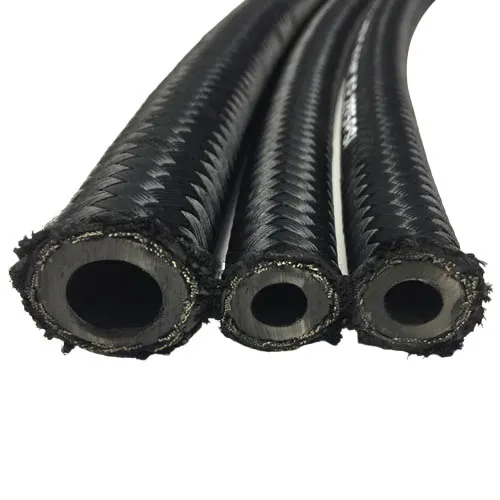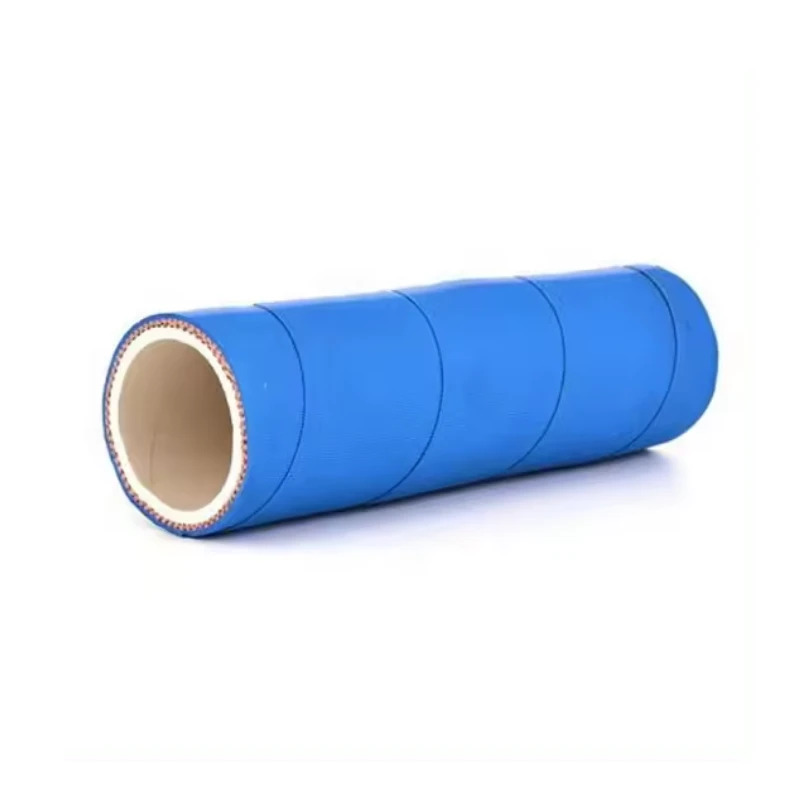
- Afrikaans
- Albanian
- Amharic
- Arabic
- Armenian
- Azerbaijani
- Basque
- Belarusian
- Bengali
- Bosnian
- Bulgarian
- Catalan
- Cebuano
- Corsican
- Croatian
- Czech
- Danish
- Dutch
- English
- Esperanto
- Estonian
- Finnish
- French
- Frisian
- Galician
- Georgian
- German
- Greek
- Gujarati
- haitian_creole
- hausa
- hawaiian
- Hebrew
- Hindi
- Miao
- Hungarian
- Icelandic
- igbo
- Indonesian
- irish
- Italian
- Japanese
- Javanese
- Kannada
- kazakh
- Khmer
- Rwandese
- Korean
- Kurdish
- Kyrgyz
- Lao
- Latin
- Latvian
- Lithuanian
- Luxembourgish
- Macedonian
- Malgashi
- Malay
- Malayalam
- Maltese
- Maori
- Marathi
- Mongolian
- Myanmar
- Nepali
- Norwegian
- Norwegian
- Occitan
- Pashto
- Persian
- Polish
- Portuguese
- Punjabi
- Romanian
- Russian
- Samoan
- scottish-gaelic
- Serbian
- Sesotho
- Shona
- Sindhi
- Sinhala
- Slovak
- Slovenian
- Somali
- Spanish
- Sundanese
- Swahili
- Swedish
- Tagalog
- Tajik
- Tamil
- Tatar
- Telugu
- Thai
- Turkish
- Turkmen
- Ukrainian
- Urdu
- Uighur
- Uzbek
- Vietnamese
- Welsh
- Bantu
- Yiddish
- Yoruba
- Zulu

កុម្ភៈ . 16, 2025 06:45 Back to list
automotive shop exhaust hose


Implementing a well-designed exhaust extraction system requires foresight and understanding of the specific challenges within a shop. It is advisable to consult with manufacturers and experts in shop layout design to tailor an exhaust solution that best fits individual needs. Considerations such as ceiling height, bay accessibility, and the need for retractable or fixed hose systems all play a part in selecting the right equipment. Regular maintenance and inspection of exhaust hoses are vital in ensuring ongoing effectiveness and safety. Hoses should be checked frequently for wear and tear, as cracks or holes can significantly reduce their efficacy and pose serious health risks to personnel. Manufacturers often provide guidelines on the expected lifecycle of their products, alongside maintenance tips to prolong lifespan and maintain performance standards. Training is another critical component, as technicians must be educated not only on the health risks of exhaust fumes but also on the proper use and handling of exhaust hoses. Educating staff on the importance of sealing connections properly and the implications of improper use helps to maintain both safety and efficiency within the shop. In conclusion, automotive shop exhaust hoses are a vital component in maintaining a safe and compliant automotive repair environment. By investing in high-quality materials and systems tailored to the specific needs of the workshop, shop owners can greatly enhance both worker safety and productivity. With proper installation, consistent maintenance, and thorough employee training, these systems provide a reliable defense against the hazards of vehicle exhaust, protecting both the workforce and the integrity of the business.
Latest News
Steel Wire Reinforced Hydraulic Hose SAE 100 R1 / EN853 1SN S
NewsOct.17,2024
Two Layers Steel Wire Reinforced Hydraulic Hose SAE 100 R2 / EN853 2SN
NewsSep.03,2024
Textile Braid Reinforced Hydraulic Hose SAE100 R3+R6
NewsSep.03,2024
Textile Reinforced Hydraulic oil Suction Hose with embedded Steel Wire SAE 100 R4
NewsSep.03,2024
Single Wire Braid and Textile Covered Hydraulic Hose SAE 100 R5
NewsSep.03,2024
High Pressure Thermoplastic Hydraulic Hose SAE 100 R7 / EN855 R7 - SAE 100 R8 / EN855 R8
NewsSep.03,2024
Heavy Duty Four-layer Steel Wire Spiral Reinforced Hydraulic Hose SAE100R9+R10+R12
NewsSep.03,2024
Heavy Duty Multi-layer Steel Wire Reinforced Hydraulic Hose SAE100R13 SAE100R15
NewsSep.03,2024
Latest Products










